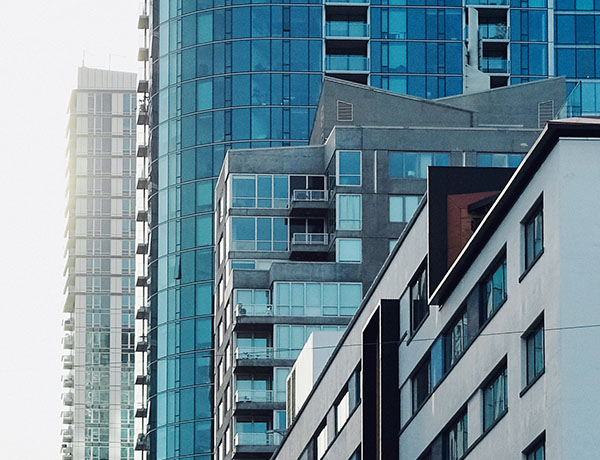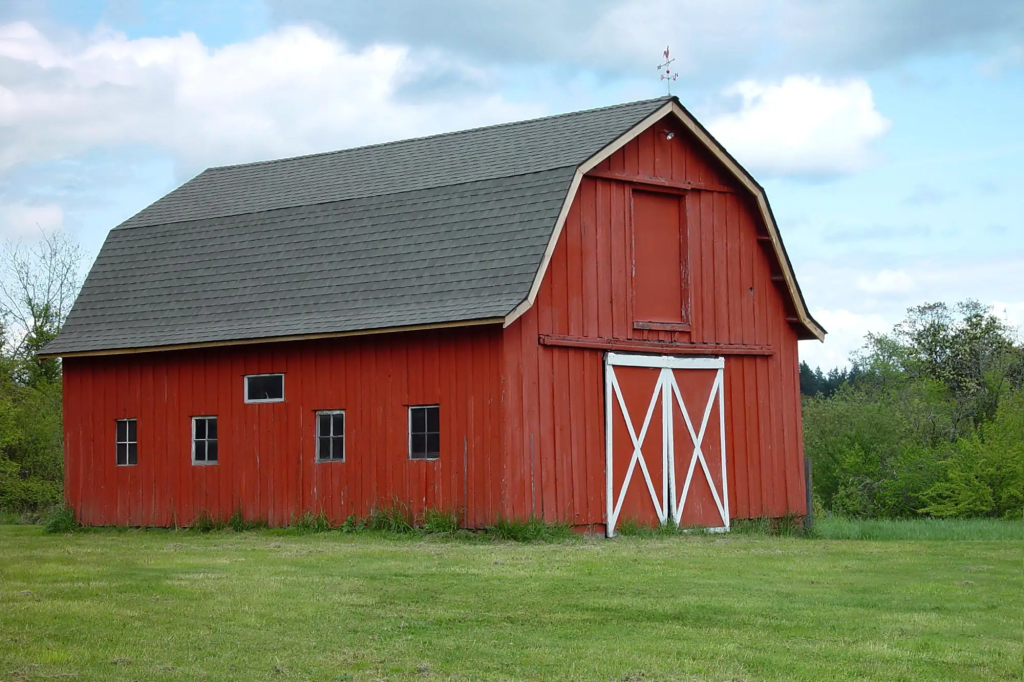Navigating the Journey to Find Your Perfect Home
Encapsulates the exhilarating quest of discovering the ideal dwelling tailored to your needs and desires. Embark on an exploration where every twist and turn leads you closer to the sanctuary you envision.
Contact an Agent!
Call: +62 882-0099-41543
Email: [email protected]
Visit: Green Living Residence, Malang
Homes for Sale
Explore a diverse selection of homes for sale, ranging from charming bungalows to luxurious estates
Commercial Properties
Commercial properties encompass a diverse range of real estate assets, from bustling office buildings and retail spaces to industrial warehouses and hospitality venues
List Your Property
List Your Property” is your gateway to reaching a wider audience and showcasing the unique features of your home
We’ll Discover Your Ideal Sanctuary
We’ll embark on a journey to unveil your ideal sanctuary, where comfort, serenity, and harmony await.


We Work With Your Budget
We’re committed to tailoring our services to accommodate your budget, ensuring you find the ideal solution without compromising on quality
List Your Property & Let Us Do the Rest
List Your Property & Let Us Do the Rest” encapsulates the promise of a seamless and stress-free experience in the realm of real estate. By entrusting us with the task of listing your property, you’re embarking on a journey where we take care of every detail, from marketing and showcasing your home to managing inquiries and negotiations.

Recent Listings


$654,000
1,654 Sq Ft. • 2 Beds • 2 Baths




“Navigating the journey to find our perfect home was a daunting task, but with the guidance and support of kayaostojic, it became an exciting adventure. From understanding our preferences to exploring various neighborhoods, they were with us every step of the way. Thanks to their expertise and dedication, we found our dream home and couldn’t be happier!
“As first-time homebuyers, we were overwhelmed by the prospect of finding the perfect home. However, working with kayaostojic made the entire process smooth and enjoyable. Their attention to detail, patience, and genuine care for our needs helped us navigate through the complexities of the real estate market. We’re now settled into our ideal home, and we have kayaostojic to thank for making our dream a reality!
A Real Estate Agent You Can Trust
When it comes to navigating the intricate world of real estate, having a trustworthy agent by your side makes all the difference.
No Hidden Fees
We pride ourselves on transparency, ensuring there are absolutely no hidden fees
Free Property Appraisals
Unlock the true value of your property with our complimentary property appraisal service
Browse For Free
Explore our extensive collection of listings and browse for free to discover the perfect property for your needs
Revolutionize Your Home Comfort: The Ultimate Guide to Water Heater Rental Services
Unlocking the Power of Hot Water on Demand In the quest for a seamless and efficient hot water supply, the option of water heater rental services emerges as a game-changer. This comprehensive guide is your passport to understanding the world of water heater rentals,...
Best Shopping Malls in Abu Dhabi
Abu Dhabi, the capital city of the United Arab Emirates, is known for its luxurious shopping experiences. The city boasts several world-class shopping malls that cater to both locals and tourists alike. Here are some of the best shopping malls in Abu Dhabi: Yas Mall...
Streamlining the Enrollment Process: A Critical Examination of Student Admission Management Systems and their Effectiveness in Handling Application Workflows
The enrollment process in educational institutions can be a daunting experience. Mountains of paperwork, endless forms to fill, and the constant stress of missing out on essential details can put both applicants and the administration on edge. Enter the student...
The Benefits of Having a Swimming Pool Heater in Marbella
Introduction Marbella, a beautiful city located in the heart of the Costa del Sol, is a popular destination for both tourists and locals alike, thanks to its stunning beaches, luxurious resorts, and vibrant nightlife. However, despite the sunny climate, the...
Finding the Perfect Hue: Choosing Barn Paint Suppliers for Your Agricultural Needs
Barns, with their rustic charm and enduring presence in the countryside, are not just functional structures; they are symbols of hard work and tradition. Whether you're a seasoned farmer or a hobbyist, maintaining your barn's appearance and structural integrity is...
Finding the Perfect Hue: Choosing Barn Paint Suppliers for Your Agricultural Needs
Barns, with their rustic charm and enduring presence in the countryside, are not just functional structures; they are symbols of hard work and tradition. Whether you're a seasoned farmer or a hobbyist, maintaining your barn's appearance and structural integrity is...
Pocket Panda Misting System: The Most Classic Black or White Misting System
In the world of outdoor comfort and relaxation, having the perfect misting system can make all the difference. Enter the Pocket Panda Misting System, a revolutionary innovation that not only elevates your outdoor experience but does so with timeless style. In this...
The Many Benefits of Mattress Toppers You Need to Know
Mattress toppers work to provide additional comfort when you are sleeping. They can be made with a variety of fillings - a few examples include memory foam, microfibre, gel, latex, feathers, and many more - all of which work to provide you with a number of benefits...
Inside Tiny Houses – Are You Ready?
Mr. Jay Shafer is the responsible genius that came up with the idea of Tiny Houses! His company, known as Tumbleweed, is part of the small house movement. In 2002, He co-founded the Small House Society in Iowa City, Iowa. In 2003 he was commissioned by Gregory Paul...
Start Your Search Today
Begin your journey towards finding the perfect home by starting your search today


